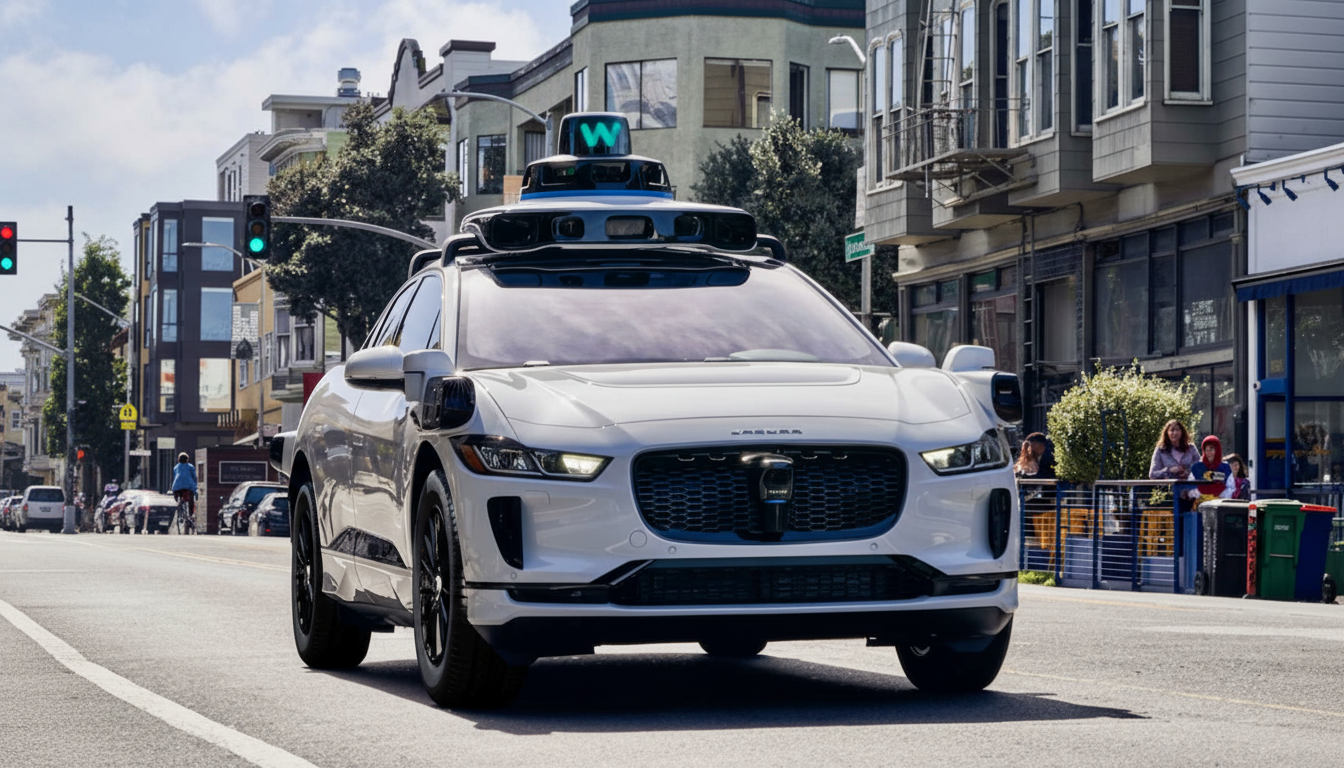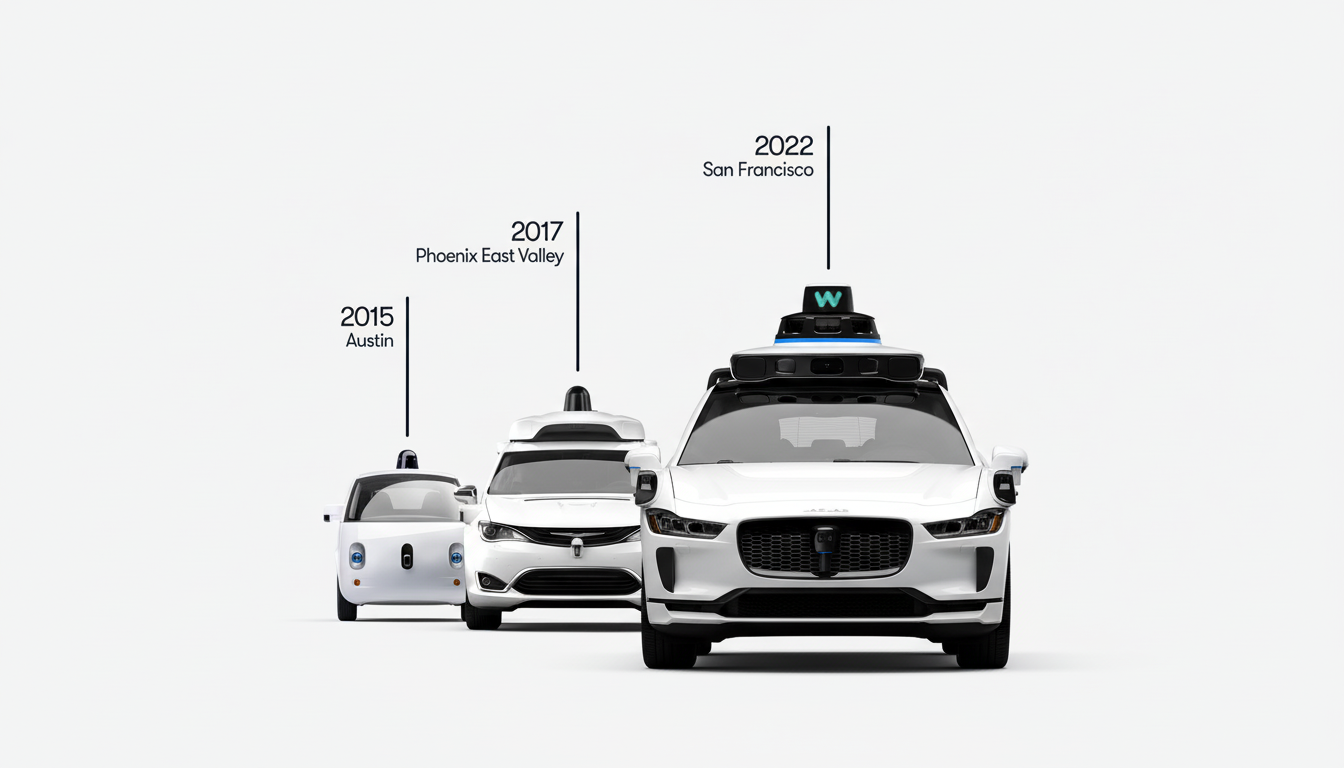San Francisco’s new mayor says the city should be the proving ground for the next wave of innovation. He argues that welcoming autonomous vehicles and other frontier technologies can help revive the local economy while shaping national standards. He further stresses that the city should be a “testbed for emerging tech,” noting that he is encouraged by the momentum of driverless services operating on city streets. He invites more companies to pilot their products responsibly under state oversight.
Robotaxis as daily reality: Waymo and Zoox are now common sights in San Francisco, with shared geofenced service. Furthermore, the two firms keep expanding their service areas as they log more miles to gather safety data. Similarly, Uber is preparing its experiments, with Lucid and Nuro up next, marking a transition from minimal testing to widespread deployment through dense urban cores. The trend is inspired by the city’s ability to draw visitors who come explicitly to take a driverless ride across the city. Finally, City officials demand service extend to airport trips, which, as a use case, demands combining the region’s airspace chiefs and ground transportation rules.

Even as City Hall rolls out the welcome mat, the mayor has emphasized that safety is nonnegotiable. In California, the Department of Motor Vehicles regulates testing and deployment, while the California Public Utilities Commission issues permits for carrying paying passengers. That dual framework—backed by crash reporting and operational caps—has become the template other states study. But the state’s stance has hardened in the last several years on top of a series of high-profile incidents, including the DMV’s 2023 suspension of one operator’s permit in San Francisco after a pedestrian injury. A counterexample is Waymo, which has publicly published safety analyses based on millions of autonomous miles, with its data showing lower crash rates than human drivers in comparable conditions. Independent researchers, including RAND and the Insurance Institute for Highway Safety, urge standardized metrics so cities and states can compare performance across vendors and scenarios, from unprotected left turns to emergency vehicle interactions.
Behind the mayor’s pitch is an economic calculus. In San Francisco, downtown office vacancy has hovered above thirty percent, according to major commercial real estate trackers, so the city is on the hook for catalyzing measures to draw workers, founders, and investment back. Advanced mobility pilots can engender completely new operating roles, engineering jobs, and supplier activity while generating more late-night and neighborhood trips to help restaurants and retail. Tech is still an outsized driver of local wages and business tax receipts, and civic leaders argue that measured, well-governed experimentation is a competitive advantage. Early access to next-gen tools—autonomy, AI safety systems, robotics, climate infrastructure—helps homegrown startups iterate faster and gives regulators real-world data to set smarter rules.
Labor and public trust concerns over autonomous vehicles
Resistance is real. The Teamsters have pushed for a ban on autonomous heavy trucks and are running legislation that would require hiring human operators in the cab. Labor groups are warning not just about the risk of displacement but also about spotty and undisclosed safety records; they are seeking training funds, job transition pathways, and transparent reporting. The mayor’s office makes clear that these conversations will also define any city-backed programs touching on freight, public transit, or municipal services. Public trust will depend on the basics too: getting prompt and reliable roadside assistance when these vehicles stall, communication that is clear in emergencies, and rapid-response playbooks for special events, construction zones, and fire scenes. San Francisco already has experience in coordinating with the police, fire, and transit agencies, and the CPUC has strict no-bid provisions for reporting incidents; such practices will be looked at by other jurisdictions.

A nation split on autonomous vehicle rollouts and policy
Cities are breaking out on this front. San Francisco is leaning in; Boston has considered wider bans and even a moratorium on activities within its inner limits. Phoenix is integrating with all its airports around the clock, with countrywide services. The differences, state by state, mean the next two years will be marked by patchwork policies at the federal level. The NHTSA and its counterparts are focusing on defect investigation and data standards following disasters instead of a mass rollout. In effect, the mayor is saying that San Francisco should precisely be at the front. Simply, the city can produce common-sense rules with the real data that it has and not be arm-twisted into following one mandate. Suburban pilots can’t copy our people-pedaled dance-offs. Our steep and dense streets can’t be tested with some self-driving vehicle on a road with no potholes.
What comes next for San Francisco’s emerging tech testbed
Near term, this means tighter service benchmarks around response times, safe pullovers, and emergency yields; more granular, anonymized safety reporting; and clearer curfews or geofences during major incidents. As with Uber and Lyft, services that meet benchmarks should have access to airports and be allowed to operate until 1 a.m., alongside pilots in delivery, curb management, and transit integration.
- Tighter service benchmarks for response times, safe pullovers, and emergency yields
- More granular, anonymized safety reporting
- Clearer curfews or geofences during major incidents
- Airport access and operations until 1 a.m. for services that meet benchmarks
- Pilots in delivery, curb management, and transit integration
The mayor’s argument is simple: the city that sets the gold standard for testing will shape the standards everyone else follows. If San Francisco can prove that emerging tech delivers safer streets, better mobility, and real jobs—without sidelining workers or public safety—the testbed becomes a blueprint.

